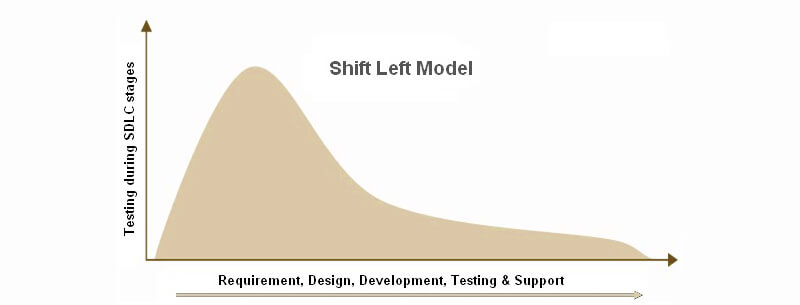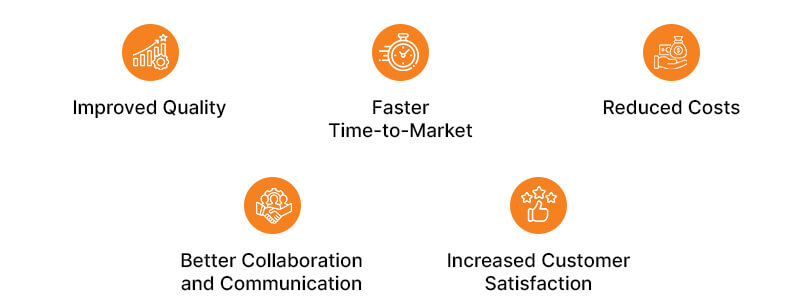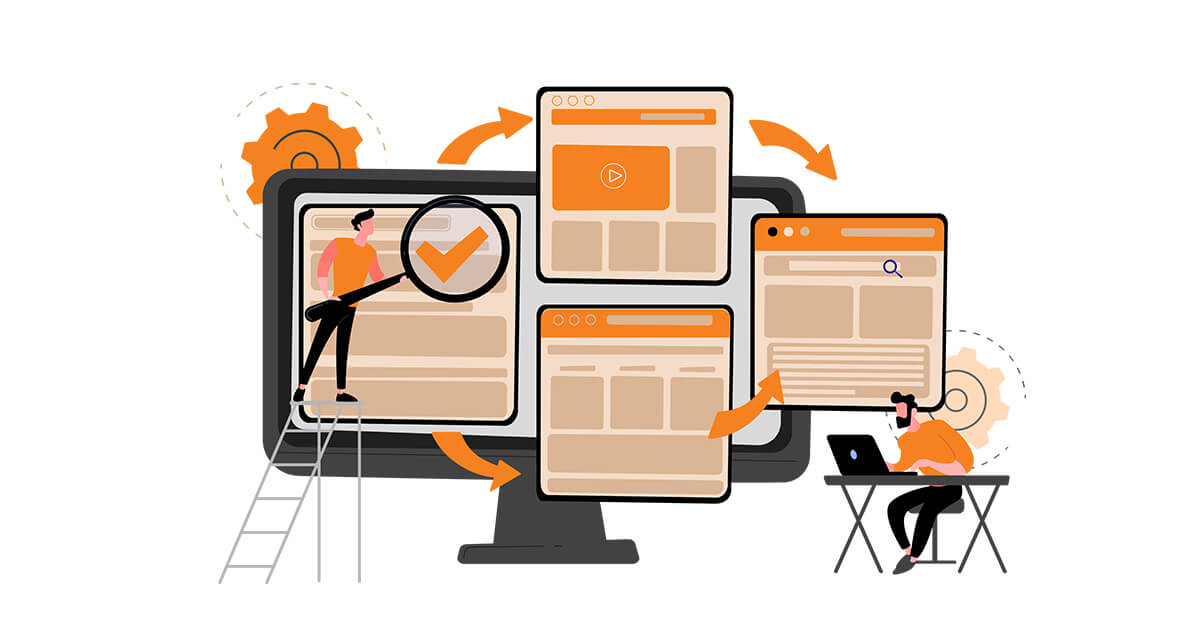Are you tired of spending countless hours testing your software only to find major bugs just before release? Well, you’re not alone. Enterprise software development is complex and challenging, and it can be frustrating when bugs slip through the cracks. That’s where “Shift Left Testing” comes in. This approach to software testing emphasizes testing earlier in the development process, helping developers catch and fix defects more quickly. In this article, we’ll dive into the world of Shift Left Testing and explore how it can help you deliver high-quality software faster and more efficiently. So, grab a cup of coffee, and let’s get started!
 Shift left testing is a software testing approach that involves early and continuous testing activities throughout the software development lifecycle. The term “shift left” refers to the idea of moving testing activities to the left-hand side of the development process timeline. By using shift left testing, defects can be identified and corrected earlier in the development process, which can reduce the overall cost and effort required to fix them.
Shift left testing is a software testing approach that involves early and continuous testing activities throughout the software development lifecycle. The term “shift left” refers to the idea of moving testing activities to the left-hand side of the development process timeline. By using shift left testing, defects can be identified and corrected earlier in the development process, which can reduce the overall cost and effort required to fix them.

What is Shift Left Testing?
 Shift left testing is a software testing approach that involves early and continuous testing activities throughout the software development lifecycle. The term “shift left” refers to the idea of moving testing activities to the left-hand side of the development process timeline. By using shift left testing, defects can be identified and corrected earlier in the development process, which can reduce the overall cost and effort required to fix them.
Shift left testing is a software testing approach that involves early and continuous testing activities throughout the software development lifecycle. The term “shift left” refers to the idea of moving testing activities to the left-hand side of the development process timeline. By using shift left testing, defects can be identified and corrected earlier in the development process, which can reduce the overall cost and effort required to fix them.
Benefits of Shift Left Testing
Shift Left Testing offers numerous benefits to software development teams. Let’s take a closer look at some of these benefits:
1. Improved Quality
By testing software earlier in the development process, developers can quickly identify and fix defects, leading to higher-quality software.2. Faster Time-to-Market
Catching and fixing defects earlier in the development process can speed up the release of the software, giving enterprises a competitive edge in the market.3. Reduced Costs
Fixing defects earlier in the development process is often less expensive than fixing the same defects after release, leading to reduced development costs.4. Better Collaboration and Communication
Shift Left Testing promotes a culture of collaboration and communication, leading to better teamwork and ultimately, better software.5. Increased Customer Satisfaction
Delivering higher quality software faster can lead to increased customer satisfaction, helping enterprises retain and attract more customers.How to Implement Shift Left Testing Approach?
To implement the shift left testing approach, organizations should:1. Introduce testing early in the development process
To implement shift left testing, starting testing as early as possible in the software development process is crucial. Ideally, testing should begin during the requirements gathering phase, when the development team is defining the scope and functionality of the software product. This enables the testing team to catch any potential defects early on before they become more difficult and expensive to fix. Early testing also helps ensure that the software product meets the customer’s requirements and quality standards.2. Use automated testing tools
Automated testing tools can streamline the testing process and enable more frequent and comprehensive testing. These tools can be integrated into the development process, allowing for continuous testing throughout the development lifecycle. Automated testing can also reduce the risk of human error in testing and increase testing efficiency and accuracy. It is important to select the right tools for the software product and to ensure that they are properly configured and maintained.3. Collaborate with developers
Collaboration between the testing and development teams is essential for identifying and fixing potential defects early on. This can be achieved through regular meetings, code reviews, and other forms of communication. It is important to establish a shared understanding of the software product and its requirements and define roles and responsibilities for testing and development. Collaboration can help increase efficiency, productivity, and quality and reduce the risk of defects.4. Use agile development methodologies
Agile methodologies, such as Scrum and Kanban, can enable shift left testing by emphasizing continuous testing and frequent feedback. Agile methodologies typically involve iterative development cycles, with testing and feedback occurring throughout each cycle. This can help catch defects early on and enable rapid iteration and improvement of the software product. It is important to establish a clear process for testing within the agile framework and ensure that the testing team is integrated into the development process. Learn how to upgrade your testing procedures with us. Check out “Upgrade your Software Testing Procedures with These Latest 2023 Trends”Best Practices for Shift-Left Testing
Use static code analysis: Static code analysis is an automated testing technique that examines source code without executing it. This can help identify potential defects early on and enable teams to make corrections before they become more complex and costly to fix. Implement continuous integration and delivery: Continuous integration and delivery (CI/CD) is a development practice that emphasizes frequent code changes and automated testing. By integrating testing into the CI/CD pipeline, defects can be identified and corrected earlier in the development process. This approach can help organizations achieve faster time-to-market and improve product quality by catching defects early and often. Implement code reviews: Code reviews are an important aspect of shift left testing. They help identify defects early on and promote collaboration between testing and development teams. Code reviews should be conducted regularly and should involve all team members. By conducting code reviews, organizations can improve the quality of their code while reducing the risk of defects slipping through the cracks.Final Thoughts
Implementing the shift left testing approach requires a combination of technical tools and human skills. One of the most important factors for success is having skilled engineers who are capable of designing and executing effective testing strategies. Having skilled engineers also enables organizations to stay up to date with the latest trends and best practices in software testing. They can help identify and implement new tools and techniques that can improve testing efficiency and accuracy and stay informed of emerging risks and challenges. So make sure you hire software testing resources for better results.Jetpack over the skill gap and stand out from the competition.
Hire Our Dedicated Teams
Summary
Name
Shift Left Testing: What, Why & How To Shift Left
Author
Anup Mehrotra
Published on
May 23, 2023
Kickstart Your Project With Us!
Popular Posts
CONTACT US
Let's Build Your Agile Team.
Experience Netsmartz for 40 hours - No Cost, No Obligation.
Connect With Us Today!
Please fill out the form or send us an email to







